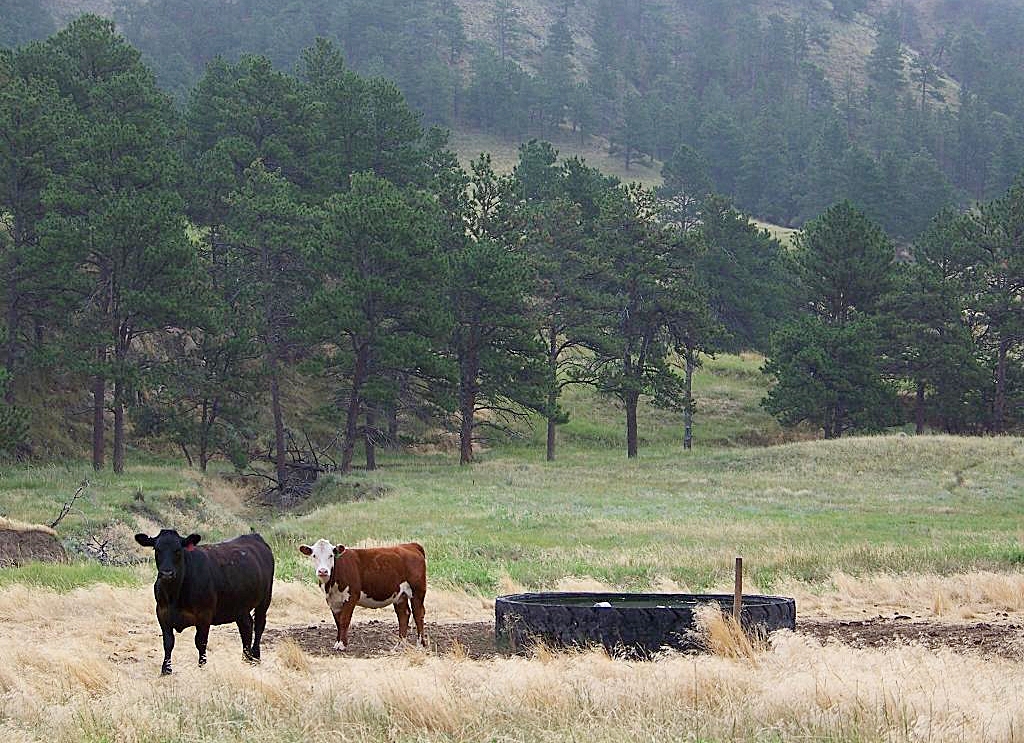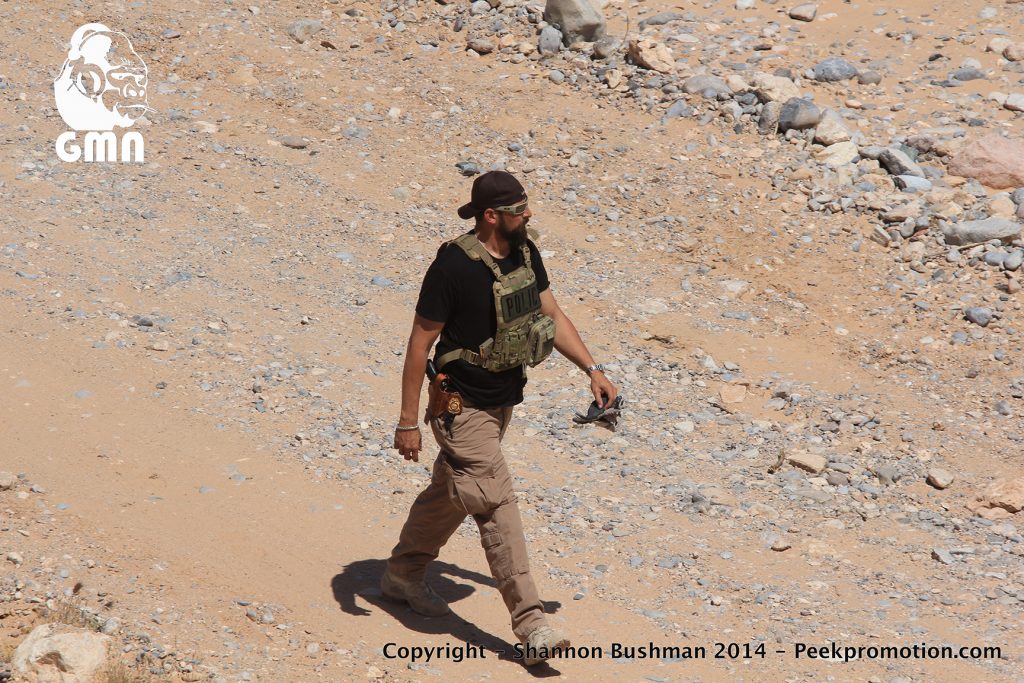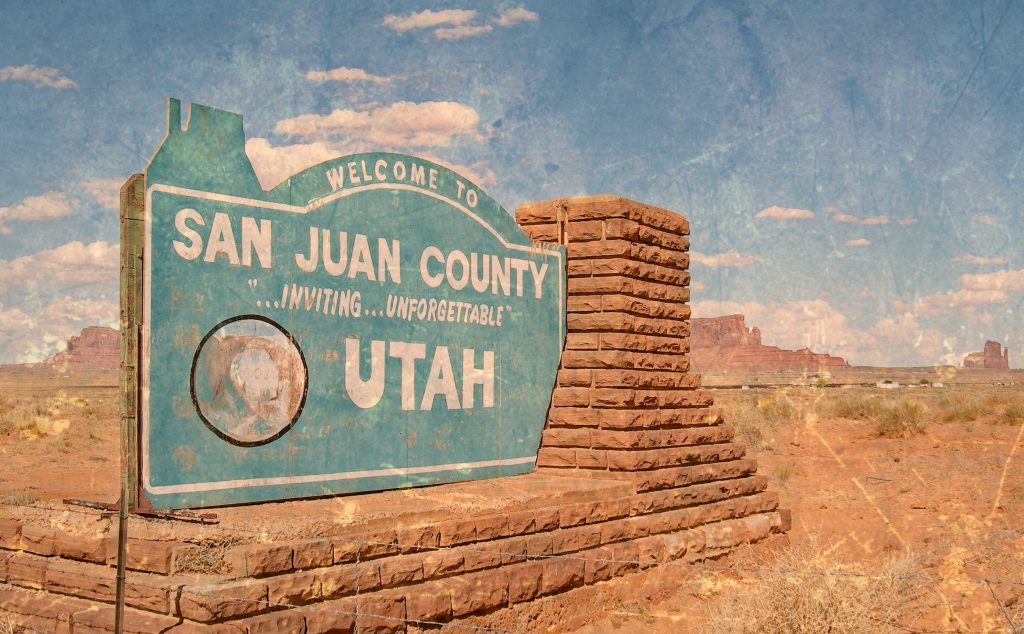“If we can follow the three-legged stool, we can open up all kinds of opportunities for managing the land,” Nickerson said. “Grazing is at the top, and I’ve had a difficult time over the years convincing my bosses in a rainy place called Lincoln that it gets really dry here. They can’t understand what the cow/calf pair has to do with maintaining the forest ecosystem.”
Spike Jordan
CHADRON – Fires in the summers of 2006 and 2012 burned up unprecedented acreages in the Pine Ridge of northwestern Nebraska. Lasting drought meant the stands of ponderosa pine forest on public and private lands were tinder dry. Lightning strikes, coupled with high winds and thick fuel loads and brush under-canopies, propelled the fires out of control. The end result obliterated huge swaths of forest land, scarred the hillsides and left ranchers without land to graze their cattle herds.
And it’s the lasting impact of these natural disasters which has created a vexing problem for range management professionals; how do you effectively manage forested land to ensure that there is not another year like 2012?
Doak Nickerson, northwest district forester for the Nebraska Forest Service, discussed the “three-legged stool” approach to creating and managing fire-tolerant forests and healthy land management in northwest Nebraska. The method Nickerson presented to the Nebraska Section – Society for Range Management at its annual meeting in Chadron on Oct. 18, couples grazing, roads for access, and a forestry-led thinning program.
“These big wildfires are really expensive,” Nickerson said. “Once they start burning, the meter starts running and we have to figure out to pay for it to get them to the end where they aren’t a threat to people anymore.”
It’s a threat, but it can be managed.
“If we can follow the three-legged stool, we can open up all kinds of opportunities for managing the land,” Nickerson said. “Grazing is at the top, and I’ve had a difficult time over the years convincing my bosses in a rainy place called Lincoln that it gets really dry here. They can’t understand what the cow/calf pair has to do with maintaining the forest ecosystem.”
“But my answer is that it has everything to do with maintaining the pine ecosystem,” he said. “Without the cow/calf pairs — or some sort of grazing animal – without it, all of the other forestry management means nothing. It’s because these fires are a grass fuel model.”
Under a no-management scheme, a forest can withstand 15 mile-per-hour winds before the fire moves from the grass to a canopy fire with 200 foot flames – and in western Nebraska, a 15 mile-per-hour wind is one of few certainties, especially at night.
If “thinning from below” is used, meaning lower branches are trimmed to prevent fires from spreading up to the canopy, the forest can withstand 40 mile-per-hour wind before the fire escapes.
“In 2012 we had winds over 40,” Nickerson said. However, if land owners adopt the three-legged stool approach, Nickerson said that the forests can withstand up to 60 mile-per-hour winds with fire.
Prescribed burning can be a compliment to grazing, however, public perception can be a tough sell to the public, especially after fire seasons like 2012, Nickerson said.
“When people can see the dark side of what fire can do, people are afraid,” he said. “I am too.”
Nickerson argues that grazing cow/calf pairs ahead of the prescribed burn, as well as thinning and logging of over-story fuel, ensures that the prescription doesn’t escape the intended area.
“If we don’t keep that grazing practice front and center, we can’t keep pine on the hill,” Nickerson said.
[paypal_donation_button]
Free Range Report
[wp_ad_camp_3]
[wp_ad_camp_2]




simply let wild horse graze on the land they can help keep wild fire from starting more often,they can also help with the decrease of deer population because the deer will graze with herd of horses and keeping the deer safe from peditors by letting them know when danger is around letting the deer escape from danger and their will be an increase in deer herds